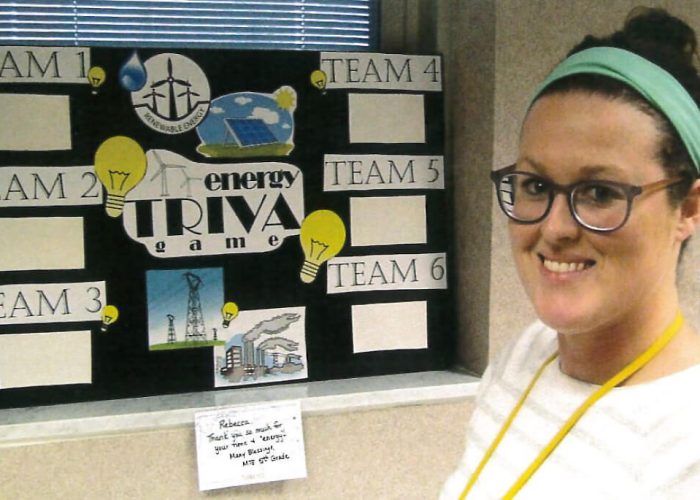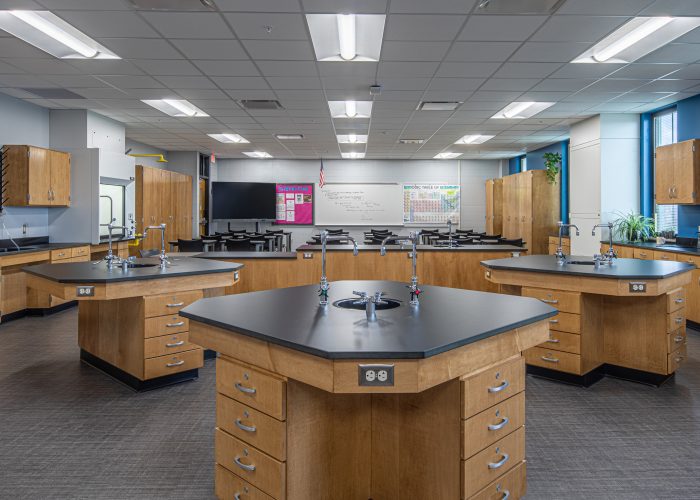Standardized measurement and verification (M&V) methods have been around since the 1990s to create consistency in the tracking and attribution of energy savings after implementing an energy savings performance contract or other energy efficiency program. Since then, the tools and technology used in M&V have changed and improved dramatically. Advanced M&V or “M&V 2.0” promises several advantages for building and energy managers, but has yet to realize its full potential.
The Rocky Mountain Institute recently published the report “The Status and Promise of Advanced M&V” to help clarify the status of new M&V technology and how it can be leveraged to achieve energy efficiency goals. The report highlights the two major features of advanced M&V: (1) automated analytics that provide real-time savings data and estimates, and (2) increased frequency, volume, and granularity of data. However, the theme of the report is all too familiar: advanced technology exists but the resources, infrastructure, or talent to properly implement it across all sectors is missing.
So is advanced M&V just a buzzword? Far from it, advanced M&V can provide real value and be implemented with relative ease in certain market sectors. The public sector is ripe for advanced M&V including educational and municipal facilities. There are several key factors that make advanced M&V more easily implemented in the public sector. First, these types of facilities typically have a dedicated, full-time maintenance and services staff who are knowledgeable about energy systems. Often these sectors have tight budgets, so the need for energy savings is really about cost savings, a driving influence. Additionally, there are more opportunities for energy savings in these sectors because buildings can have unoccupied times where significant energy savings can be realized.
Facility managers in educational and municipal buildings who have energy savings results from a performance contract or other energy savings program can begin implementing certain advanced M&V principles in their buildings now. The following are some preliminary steps for facility managers to take to ensure you are getting the most out of your measurement and verification methods.
1) Ensure your Annual Savings Report provides data and analysis in an easy-to-understand format.
Many performance contracts require one report each year from the energy savings contractor detailing that the energy conservation measures have resulted in energy savings equal to or greater than the guarantee. Ask your energy savings provider for a report that is easy to understand, visual, and highlights additional energy savings opportunities available at your facility. Providing analysis as well as data is core to advanced M&V.
2) Analyze real-time data and automate schedules from your Building Automation System (BAS).
Chances are you aren’t using your BAS to its full potential. The BAS can be used to schedule system setbacks automatically for times when the building will be unoccupied. Additionally, work with your energy savings provider to integrate your BAS with programs that will analyze usage data and call out system anomalies and outliers in areas such as run-times, space temperatures, and CO2 levels. Integrating data analytics with the BAS will provide valuable, real-time insights.
3) Verify your optimal environment by understanding basic measurements up-front.
Facility manager training and knowledge is little touched upon in The Rocky Mountain Institute’s report, however, it can have a significant impact on energy savings. Knowing the components of an optimal environment will keep the building comfortable while optimizing energy savings.
CO2 Measurement and Optimization
- Take initial CO2 readings during occupied periods with the OA damper at minimum position.
- If CO2 is too high (above 1100 PPM) or too low, adjust ventilation settings and re-test.
- Humidity measurement and optimization.
- Check humidity twice annually.
- Once during rainy, high humidity, mild weather when free cooling is used for part of the day to confirm humidity is maintained within the acceptable range.
- Once during a hot humid period, ideally in August or early September.
- If humidity levels are above 65% RH, reduce minimum OA at both the minimum and maximum fan speed to get humidity below 65%.
Although advanced M&V has not yet been widely and fully accepted and used, it promises to achieve better energy savings with less time and cost for facility managers. In the meantime, implementing the above suggestions will allow you to use principles of advanced M&V to optimize your energy savings results and make them work for you. Take a look at the Rocky Mountain Institute report linked below for a deeper dive into the future of measurement and verification.
About the Author

The Status and Promise of Advanced M&V
An Overview of “M&V” 2.0 Methods, Tools, and Applications
By Ellen Franconi, Matt Gee, Miriam Goldberg, Jessica Granderson, Tim Guiterman, Michael Li, and Brian Smith
Advanced measurement and verification (M&V) of energy efficiency savings, often referred to as M&V 2.0 or advanced M&V, is currently an object of much industry attention. Thus far, however, there has been a lack of clarity about what techniques M&V 2.0 includes, how those techniques differ from traditional approaches, what the key considerations are for their use, and what value propositions M&V 2.0 presents to different stakeholders.
The objective of this paper is to provide background information and frame key discussion points related to advanced M&V. The paper identifies the benefits, methods, and requirements of advanced M&V and outlines key technical issues for applying these methods. It presents an overview of the distinguishing elements of M&V 2.0 tools and of how the industry is addressing needs for tool testing, consistency, and standardization, and it identifies opportunities for collaboration.




